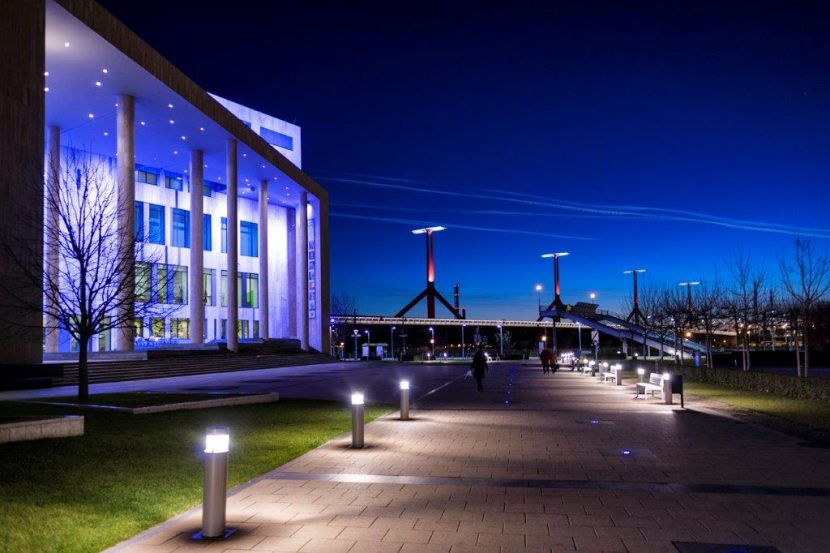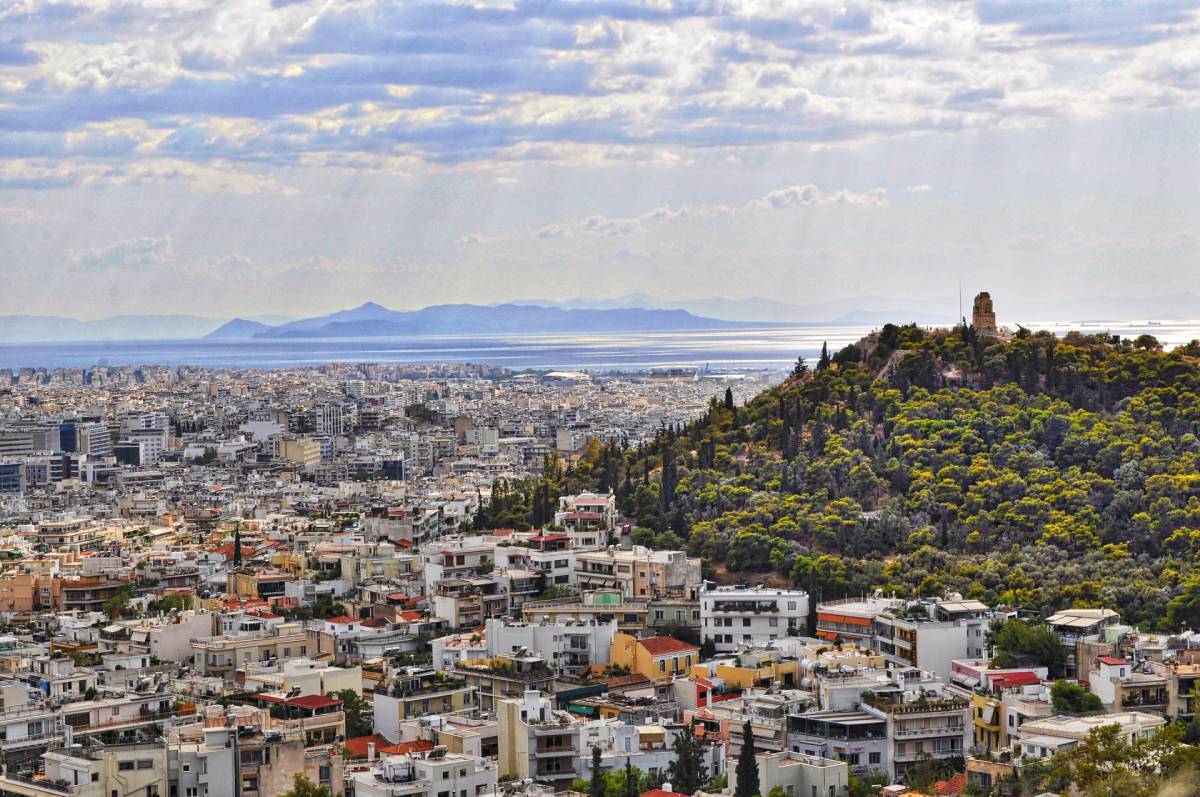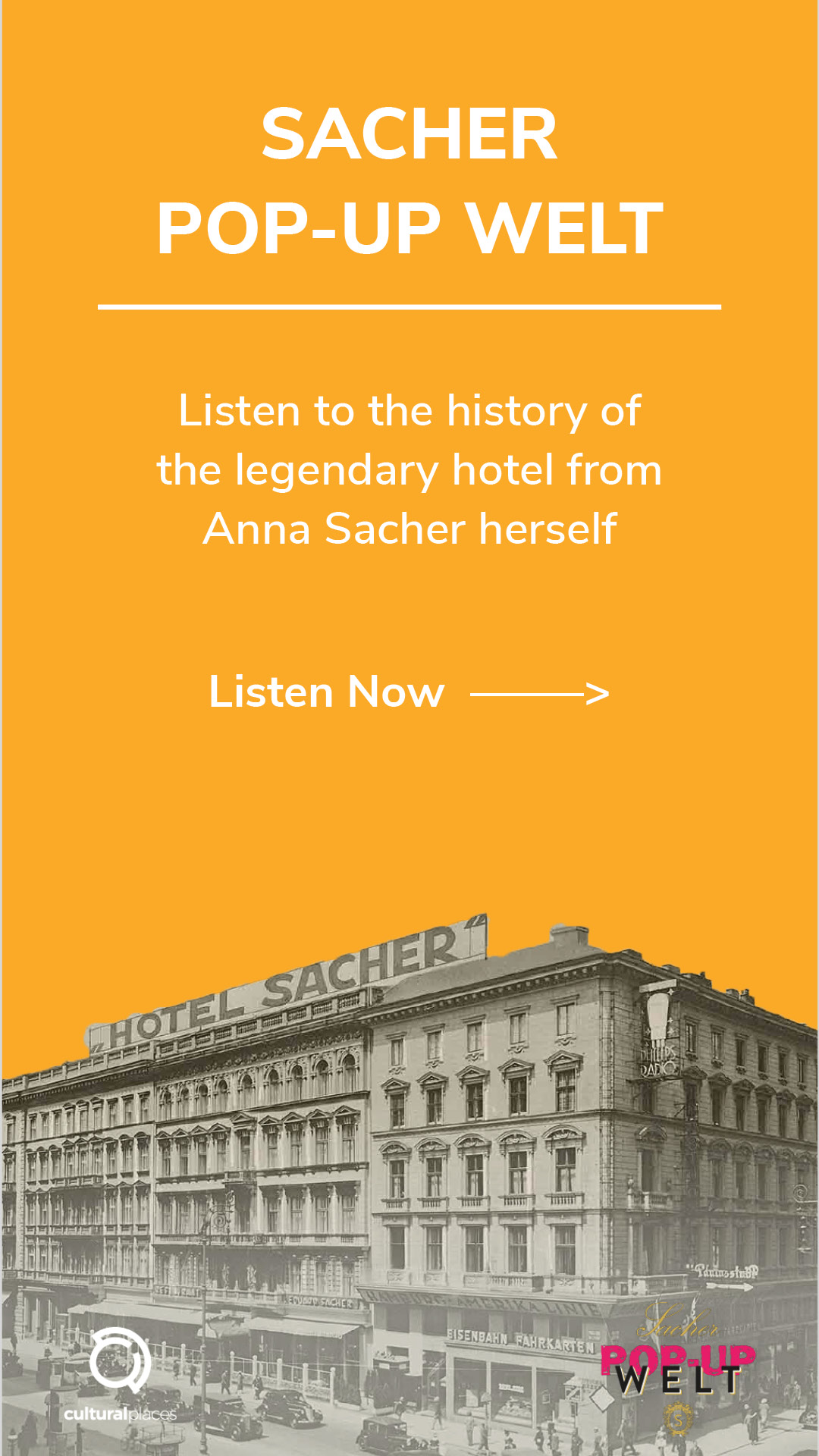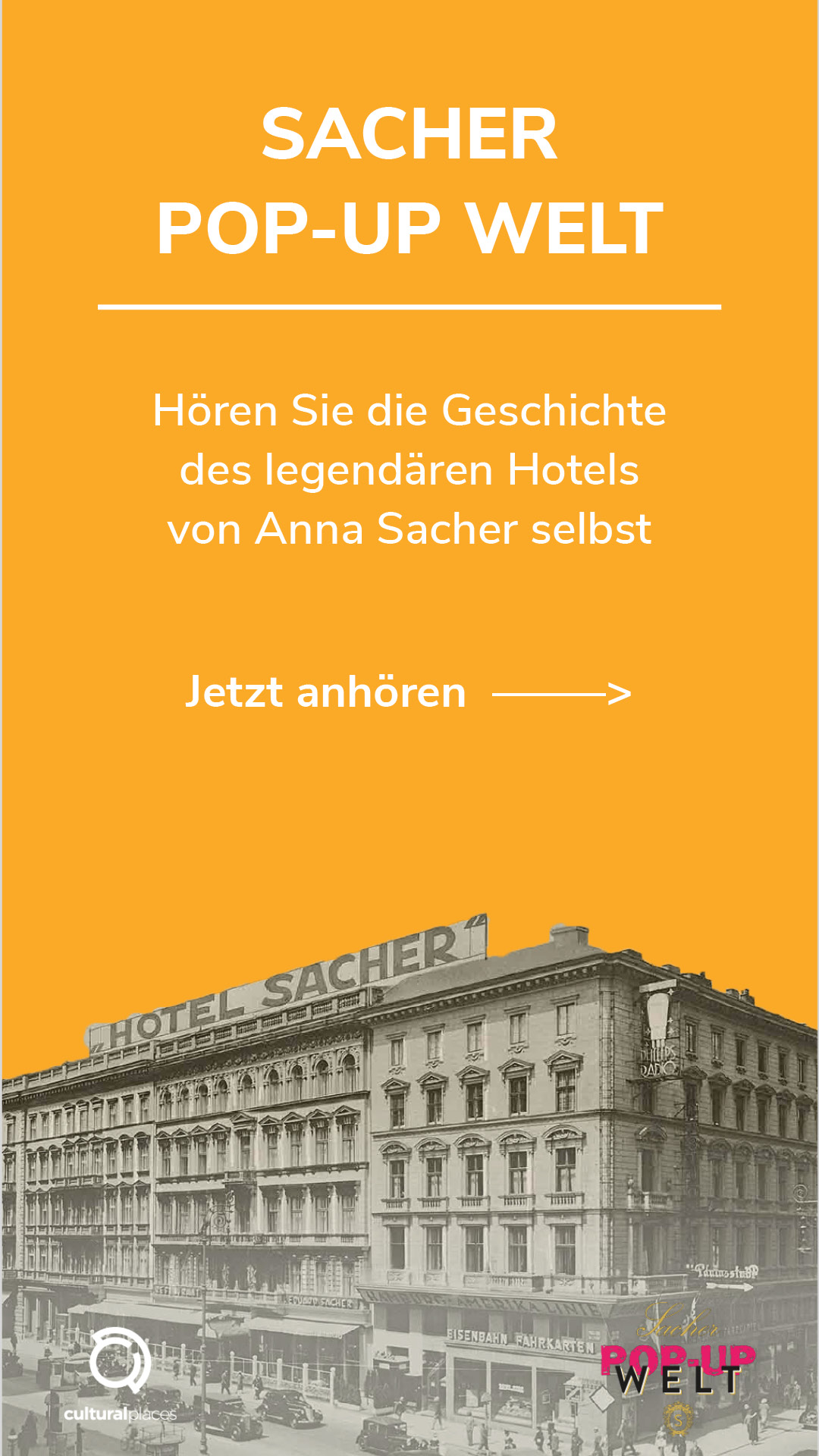The Ludwig Museum Budapest — Home of Hungary’s Modern Art
Before we begin with this article, how about one quick question? Do you like contemporary art? If the answer is yes, we are absolutely sure that you will enjoy reading this piece as well you will enjoy visiting the Ludwig Museum in Budapest, a place that showcases Hungary’s most important collection of international contemporary art.
The venue is located in the Palace of Arts north of Rákóczi Bridge. It was founded in 1989 when Peter and Irene Ludwig donated 70 invaluable artworks representing international tendencies of art from the ’60s to the ’80s. Peter and Irene Ludwig’s intention was to bring East and West closer through art.
In 1991, 91 pieces for a long-term deposit was added to the collection. When the museum moved in 1996, with the name Ludwig Museum – Museum of Contemporary Art, several new artworks were acquired by the museum, illustrating tendencies of the ‘90s, with special attention to new generations emerging after the end of communism in 1989.

What is there to see in Ludwig Museum?
The museum hosts a permanent collection of many valuable pieces of American pop art (including Andy Warhol, Claes Oldenburg, and Robert Rauschenberg), as well as many other significant contemporary art movements. There’s also a strong focus on Eastern and Central European and Hungarian art of the 60s to recent days in an international context. The temporary exhibitions also showcase leading artists from the international scene as well as the best-known Hungarian artists, using 21st-century technology.
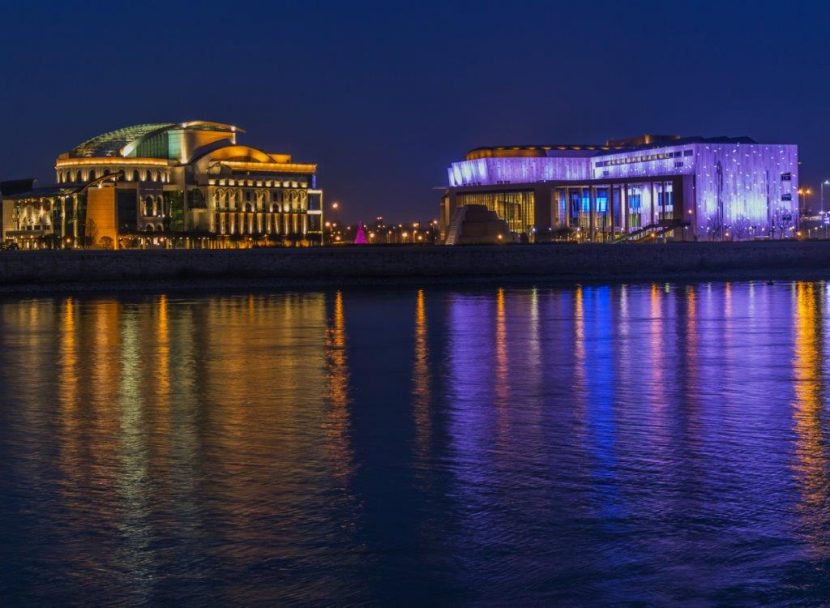
However, some of the work here might dare you to ask: ‘Is this art?’
It is very difficult to decide what art is, and what is not. Pieces you may find here will take you to a new level of creativity and imagination. Some artworks are so demanding that it will challenge you and make you think in a different way. Even the building itself is worth exploring and can be considered as a contemporary work of art!

Do you want to hear something new?
You might not know but there is an entertaining way to discover Ludwig Museum. We realized that art exhibitions can sometimes be confusing so we decided to create something that will make your visit more informative and memorable.
How does it work?
We have created a special audio guide for you, to pick up some interesting facts about an exhibition. All you have to do is download this travel app and let it give you the best museum experience you will ever have.
How to get to the Ludwig museum?
The easiest way to get there is to take suburban railway (HÉV) from Boráros tér to Müpa – Nemzeti Színház station (Boráros tér – Csepel route), or tram 2, to Müpa – Nemzeti Színház station.
Opening hours:
Tuesday to Sunday: 10:00-20:00 (temporary exhibitions)
Tuesday to Sunday: 10:00-18:00 (permanent exhibition)
Entrance fees:
Adult: HUF 1600 for 1 exhibition, HUF 3200 for all exhibitions
Student & senior: HUF 800 for 1 exhibition, HUF 1600 for all exhibitions
Children under 6: free
The museum is open all year.
The Ludwig Museum hosts eight or nine exhibitions each year.
Currently, the museum hosts 4 exhibitions worth a visit.

1. Westkunst – Ostkunst. A Selection from the Collection
August 1, 2017 – December 31, 2018.
The newly set collection display makes attempts to present emphatic points not only in well-organized chronological order or along with stylistic features, but to examine the characteristics, consonances, differences as well as the artistic-cultural parallels between Western and Eastern art. The collection renders it possible to show up substantive parallelism within the lifeworks of artists with a dedicated and critical approach from Western as well as Eastern countries.
Popular and favorite pieces will be put again on display in the newly organized permanent exhibition.
2. Economize! On the Relationship of Art and Economy
October 13, 2017 – January 14, 2018.
The Hungarian title of the exhibition is an allusion to a popular board game in Hungary, which was a favored pastime during Socialism, devised in the 1960s as an ideologically acceptable counterpart of Monopoly. However, not only does the title allude to the board game per se, but it also refers to a piece in the Museum’s collection: the homonymous large-format installation by the Substitute Thirsters group. This installation is, of course, based on the board game, which is blown up into a room-size version comprising “realistic” – although slightly naïve – paintings.
Similarly to the board game, the exhibition conceives of an economy as well as art as collective activities, even if the actors of the economy wish to represent it as a field governed by mathematical formulas or probabilities. The concrete and metaphorical use of the language of the economy determines our ideas to an extent never seen before. Then again, paradoxically, the economy never seemed so distant, incomprehensible and obscure to common sense as it does today.
3. Gyula Várnai: Peace on Earth! The 57th Venice Biennale exhibition comes to the Ludwig Museum
December 8, 2017 – January 7, 2018.
This year, at the Hungarian Pavilion of the 57th International Art Exhibition of La Biennale di Venezia, Ludwig Museum has staged with huge success Gyula Várnai’s exhibition that will be transferred here to Budapest so that the wider Hungarian public would also be able to see it.
4. Fluxus and Friends – A selection from the Maria and Walter Schnepel Cultural Foundation/Collection
December 8, 2017 – January 7, 2018.
Being one of the 20th century’s most elemental movements while eluding rigid definitions, Fluxus can be interpreted as a continuation of the movements of Dada, Surrealism, action art, and the ephemeral art of the 1960s. The Fluxus Manifesto can be interpreted as rebellion, or merely as leaving minimalist traces, the expression of a lifestyle; sometimes with a philosophical message, sometimes without any. The hundreds of works selected from the collection of Maria and Walter Schnepel Cultural Foundation represent a broad palette of Fluxus through works by the most famous international and Hungarian artists.
Well, that was it. We hope you enjoyed our tour of the Ludwig Museum in Budapest. In case you plan to visit this amazing place of art, now you know where to find it and for any other questions, you might have about this place, just visit this website. I am sure you will find all your answers there.
P.S.Don’t forget to check out our audio guide while you are there.

And if you are interested in more culture, check out some things you should visit in Split.
*Special thanks to http://myartguides.com for providing us with information.
P.S. And while here, make sure to check out the top 10 things to see in Budapest.

